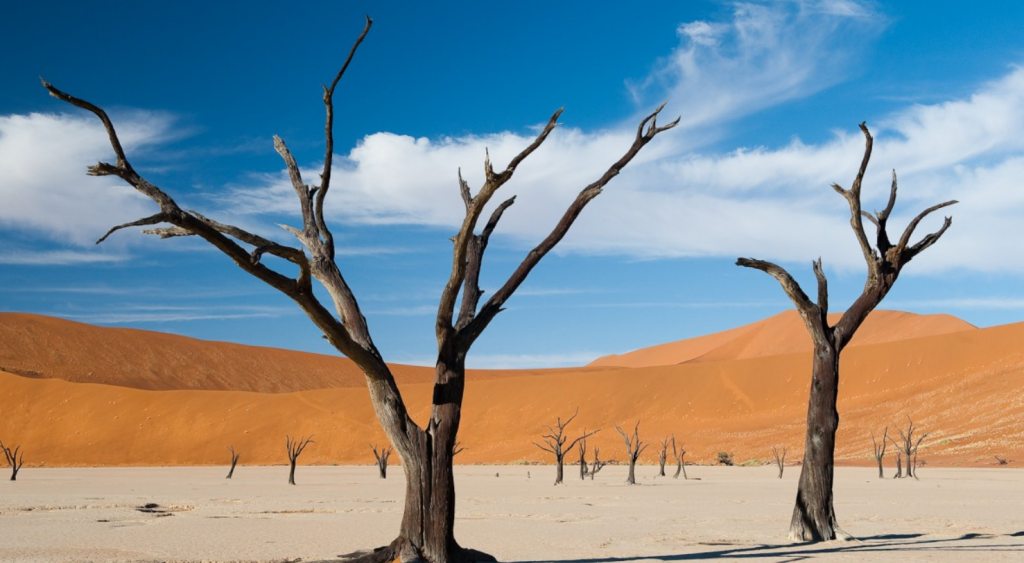
Namibia has witnessed one of the most dramatic weather turnarounds in its recent meteorological history. Following an exceptional record low of –7.9°C in the capital Windhoek, the country has now soared to an unseasonal +35.2°C in Walvis Bay, reflecting an extraordinary temperature swing of over 43°C within a matter of days.
❄️ Record Cold: –7.9°C in Windhoek
Earlier this June 2025, Windhoek recorded its coldest temperature ever observed, plummeting to –7.9°C /https://mkweather.com/unbelievable-15c-below-average-in-windhoek-namibia-the-coldest-times-ever-79c-all-time-records-broken-by-4c-ncojane-botswana-51c/; with a subsequent deadly winter storm in South Africa https://mkweather.com/snow-and-windstorm-left-49-dead-in-south-africa//. This rare Arctic-level chill was the result of:
- A strong high-pressure system over southern Africa, bringing clear skies, dry air, and ideal radiative cooling conditions.
- Calm winds and low humidity, allowing heat to escape efficiently overnight.
- Cold air advection from the south following a frontal system, reinforcing the frigid early winter air mass.
This event stunned meteorologists, as sub-zero temperatures in Windhoek are rare — let alone near –8°C.
🔥 Rapid Reversal: +35.2°C in the North
Just days later, Walvis Bay, northern Namibia recorded +35.2°C, signaling a swift return of hot, continental tropical air masses. The warming was driven by:
- A shift in the synoptic pattern, with high pressure migrating eastward, allowing northwesterly flow from warmer interior regions.
- Dry, cloudless conditions, which enabled intense daytime solar heating.
- Subsidence warming, with air compressing and heating as it descends under clear skies.
This temperature seesaw is not only rare — it challenges regional weather norms and underscores Namibia’s climatic extremes.
🌍 Climate Context
While Namibia’s geography — straddling arid and semi-arid zones — makes it prone to both frost and heat, this year’s extreme bipolar swing may be a sign of increasing climate variability. Enhanced background warming from climate change, coupled with strong short-term synoptic influences, may be amplifying the magnitude of such swings.
🌿 Impacts and Outlook
- Agriculture: The cold snap could have damaged crops and stressed livestock, while the sudden heat increase may affect plant development and water availability.
- Energy demand: Swings between heating and cooling needs place pressure on electricity systems.
- Water management: Large daily and weekly thermal variability complicates resource planning, especially in arid regions already facing water stress.
📰 Conclusion
Namibia’s weather in June 2025 is a stark reminder of the volatile extremes that can define dry subtropical climates. From record frost in Windhoek (–7.9°C) to searing heat of +35.2°C in the north, the country has experienced a full spectrum of thermal extremes — an atmospheric whiplash that raises both scientific interest and practical concern.

Illustration picture: https://www.deluxea.sk/namibia/fotogaleria/


























